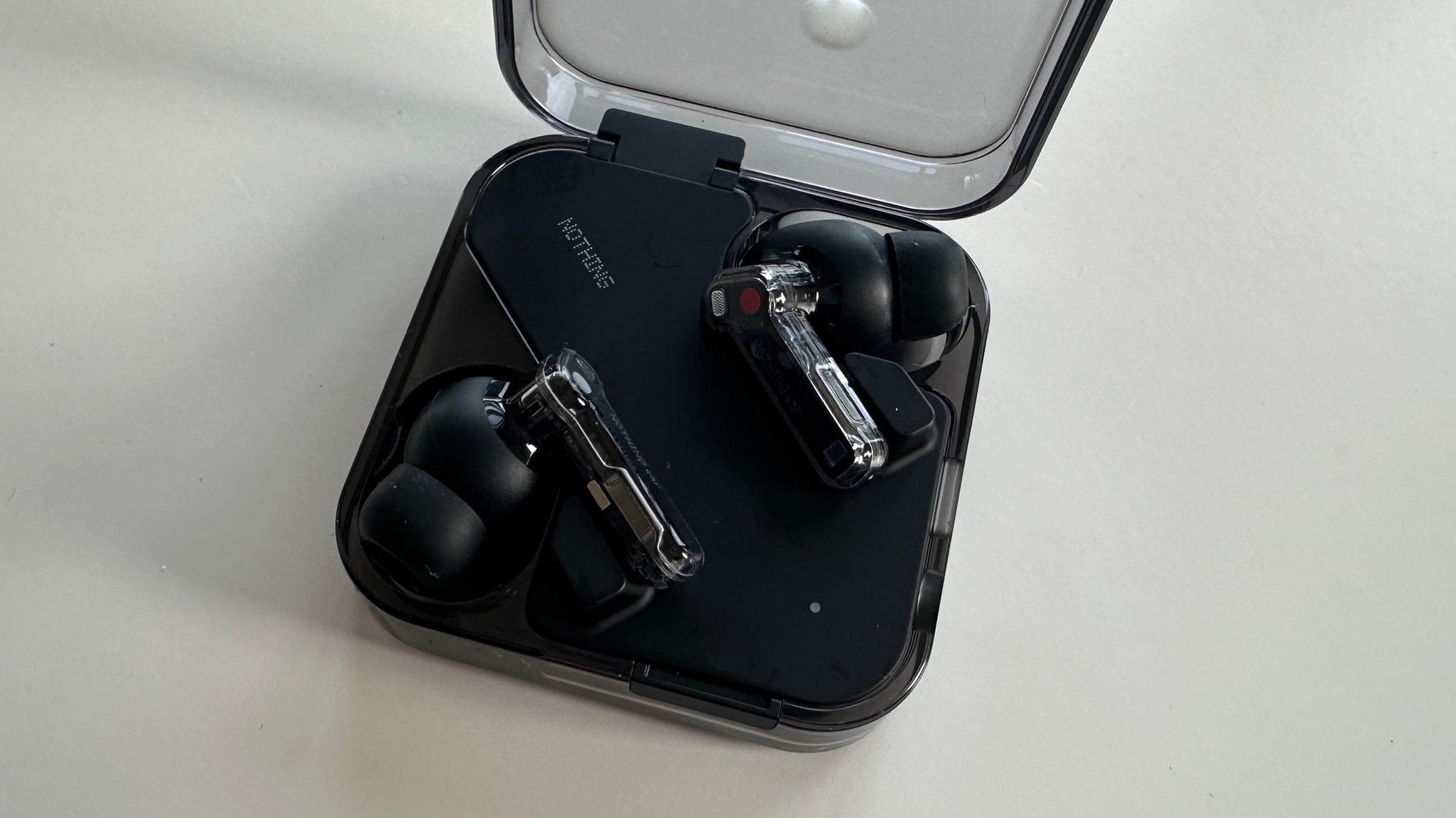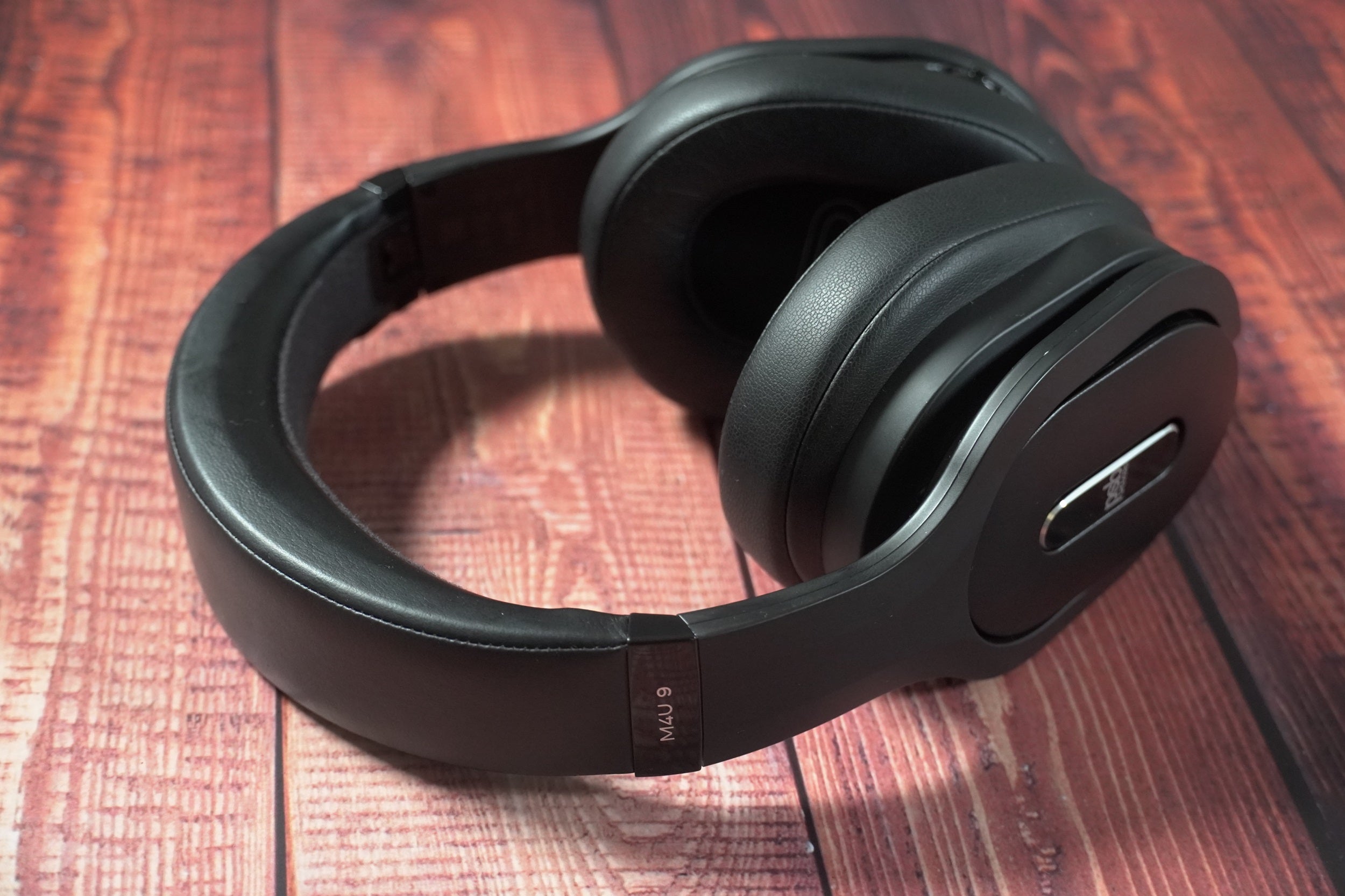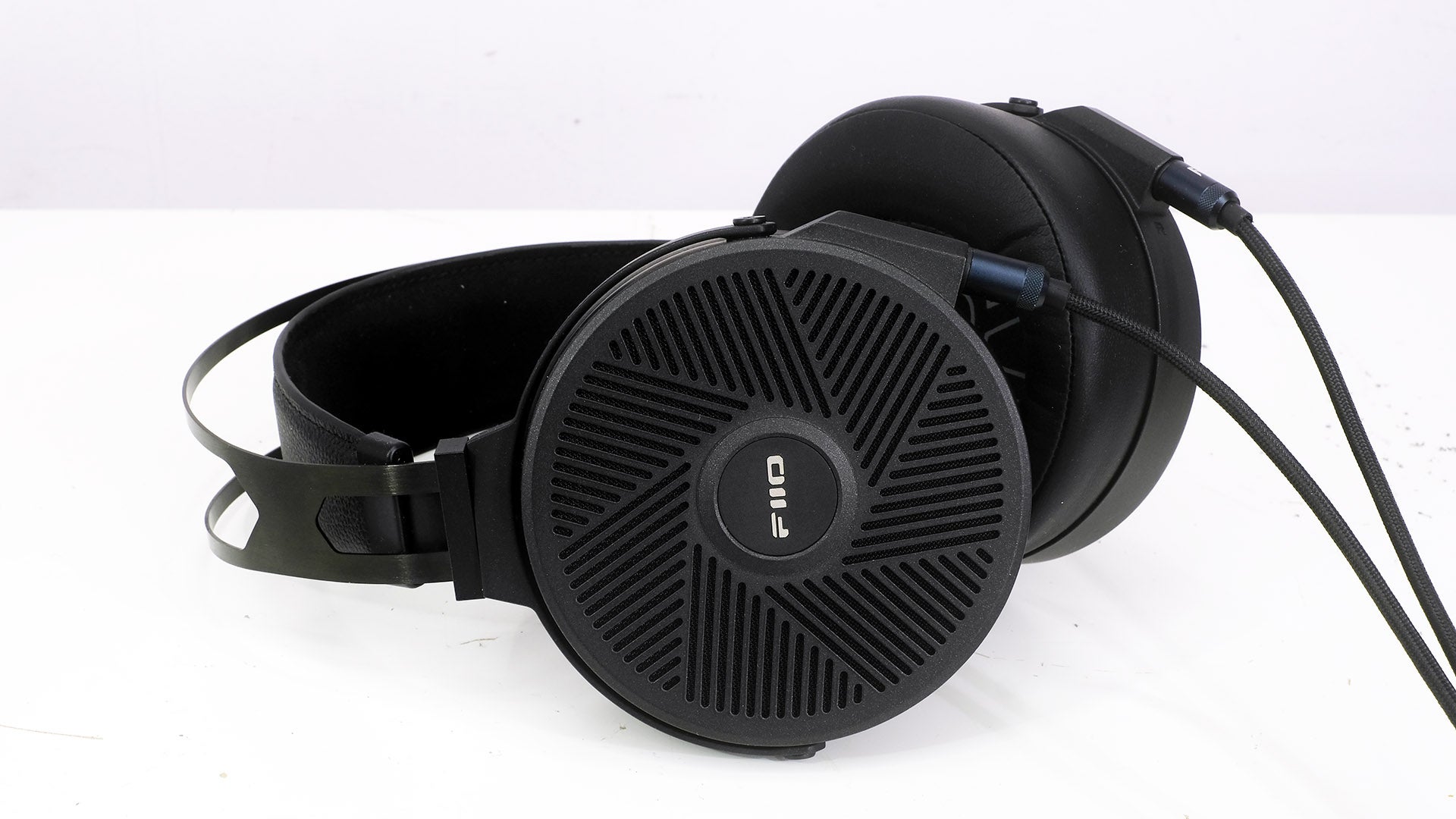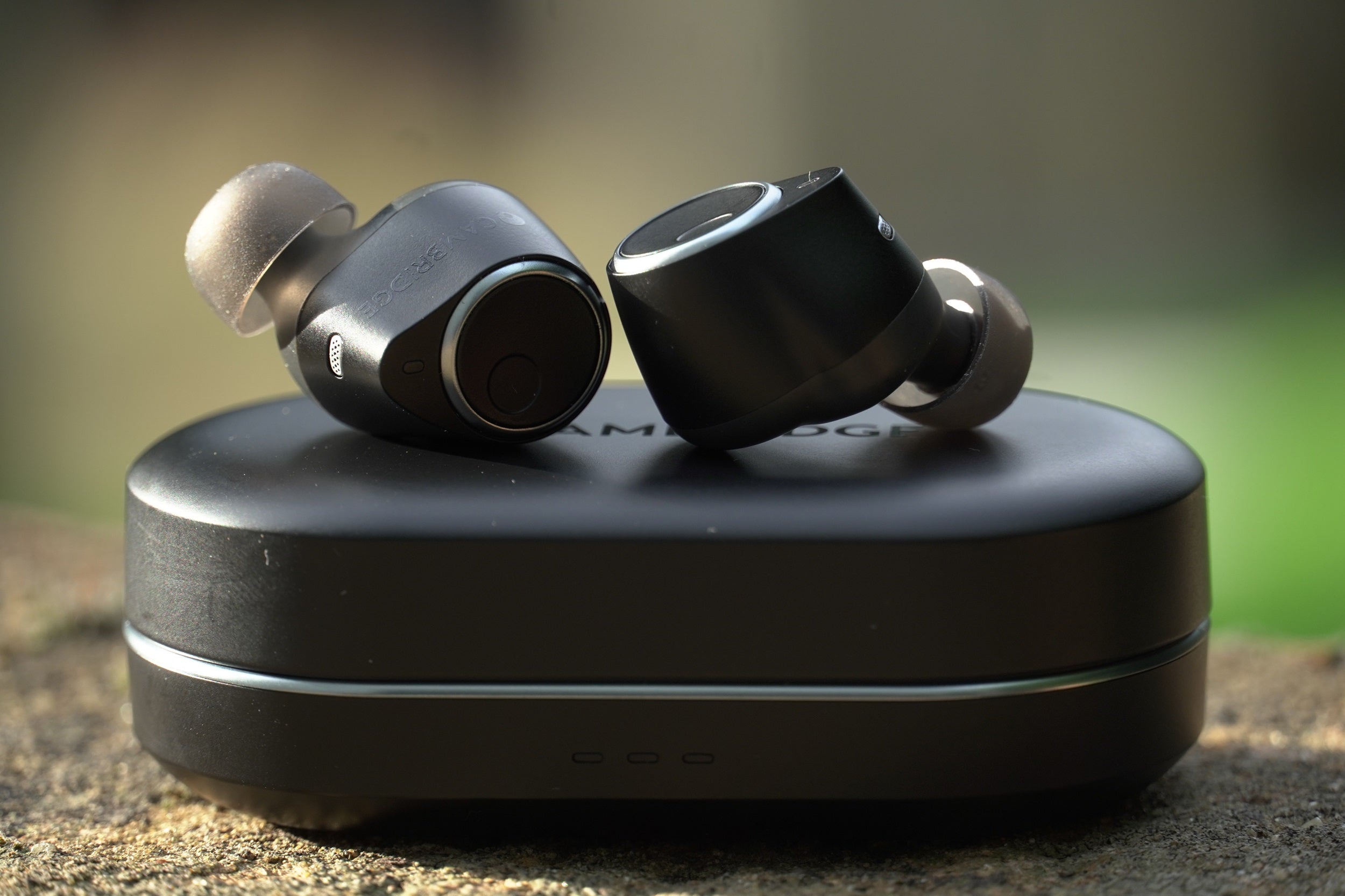EPOS Adapt 165T Review
Not quite a video call star

Verdict
A call-focused headset that doesn’t do enough to justify the price of admission.
Pros
- Lightweight design
- Plug-and-play compatibility
- Adjustable microphone stalk
Cons
- Average sound quality
- Focused on Microsoft ecosystem
- Headband length isn’t adjustable
Key Features
- Microsoft TeamsThe Inline control unit has a dedicated Teams button
- Noise-cancelling microphoneAims to provide clear sound quality with EPOS Voice technology
Introduction
As a result of the pandemic, home-working has been thrust into the limelight like never before. Across the world, people from all walks of life have had the opportunity to turn their commute into a walk across their home – and, for better or worse, it seems as though this way of working is here to stay.
Of course, with a focus on home-working has come a newfound realisation of the importance of a quality video conferencing setup, which wouldn’t be complete without a good audio solution. Enter EPOS.
In a partnership with seasoned audio pro-firm Sennheiser, it’s seeking to capitalise on current trends with a suite of headsets aimed at those now bringing the office into their home. The Adapt 165T sits roughly in the middle of its lineup, offering a balance between price and performance that will make it the best choice for most.
Whether it manages to do so is yet to be seen. Although the competition doesn’t seem to be fierce, the battle isn’t with direct rivals, but the earphones many will have lying around. Is it a worthy upgrade to the equivalent of the wired Apple earbuds of old?
Availability
- UKRRP: £70
The EPOS Adapt 165T is available now and can be purchased directly from the company for £70.
Design
- Light design
- Microphone stalk is adjustable
- Constructed from glossy plastic
Designing a product that looks good both at home and in the office is no mean feat. This is compounded further when the product in question needs to look ‘distinguished’ enough for a meeting with senior staff, while remaining comfortable and somewhat utilitarian so as to fit seamlessly into more mundane situations. So, against these criteria, how does the EPOS Adapt 165T fare?
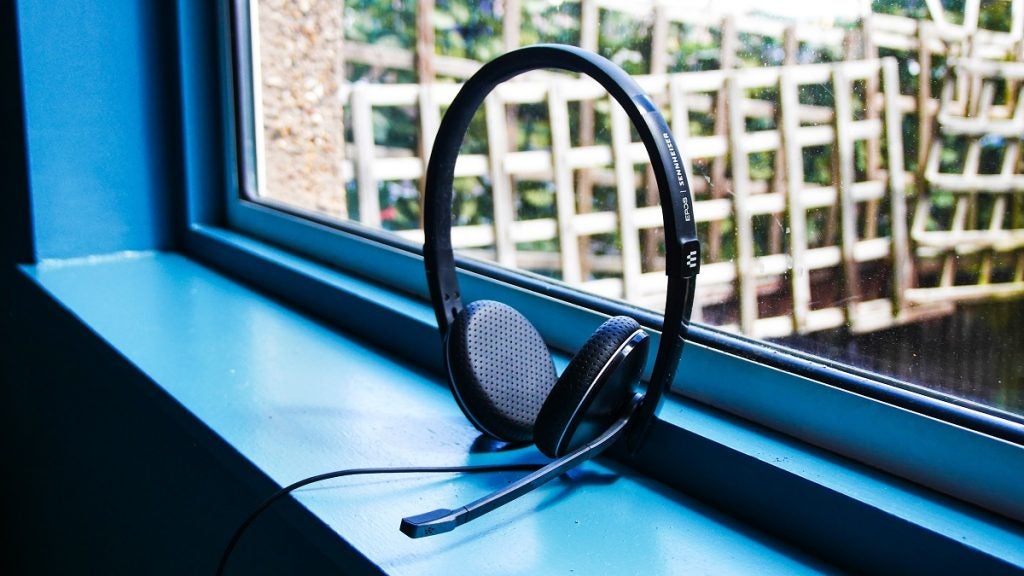
First impressions certainly aren’t its strong suit. Light to the point of being insubstantial and constructed of glossy black plastic, the 165T wouldn’t look out of place in the average call-centre. Not that this is to disparage either the device or the place of work, but the 165T doesn’t have the ‘semi-relaxed’ vibe that one might expect for a home environment. Neither does it look suitable for senior meetings; it’s definitely made for day-to-day work.
And with that in mind, second impressions are more positive. The light weight means that the Adapt 165T is relatively comfortable to wear over long periods of time, while adjustable ear cups means that most head shapes should be accommodated for. In-device microphones are located in a microphone ‘stalk’ that can be adjusted to varying angles, which we found to be quite convenient. It should be noted that although the ear cups can be swivelled, they cannot be extended. If you have a smaller head, these will likely prove to be a difficult fit.
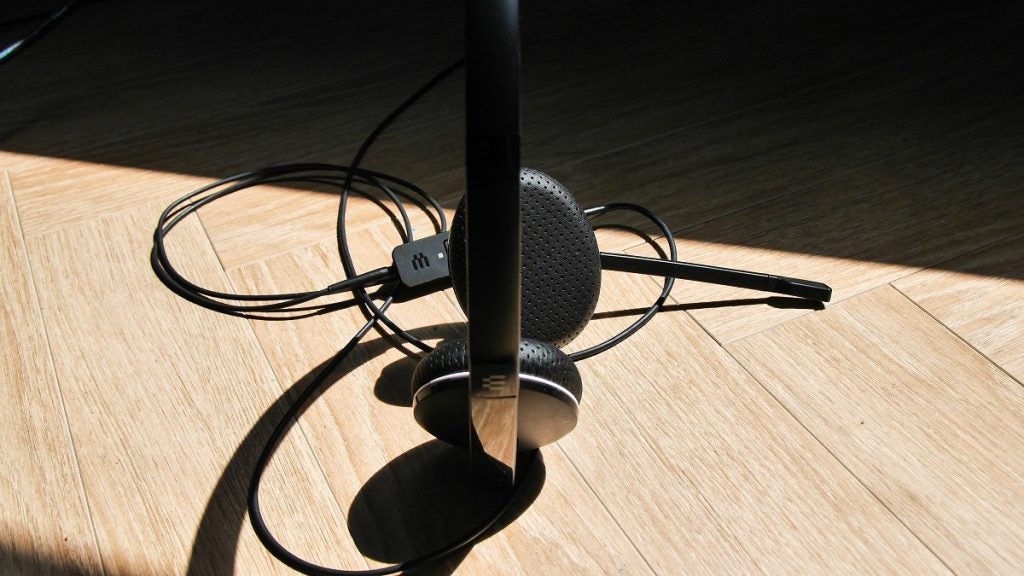
The Adapt 165T is primarily intended for use with workstations or laptops, and so connects via USB-A. The headphones themselves plug into a control unit on the cable, and can be unplugged from this and used as standard 3.5mm wired headphones elsewhere. On the control unit you’ll find several buttons, including a dedicated ‘Microsoft Teams’ button. A quick press of this and the program will fly open. This will be useful if your organisation is heavily invested in the Microsoft ecosystem, but those using the likes of the G Suite will find this inclusion completely redundant.
For most use cases the EPOS Adapt 165T will serve well. However, there is no mistaking this headset for something a little more premium and expensive. It looks and feel exactly as the price would suggest.
Features
- Some on-board noise cancellation
- Built-in Microsoft Teams compatibility
- Dedicated adjustable microphone ‘stalk’
The EPOS Adapt 165T is laser-focused on one very specific use-case – video-calling. The headset has been designed with this in mind, and everything else has followed. This becomes clear in the list of features offered.
To begin, there’s some attempt at noise-cancellation technology. This isn’t the fancy kind, known as Active Noise Cancellation, which finds a place in more consumer-orientated earbuds. While that seeks to block all noise from the outside in order to allow the listener to focus on their music, this is instead intended to block any non-voice related noise while on a call.
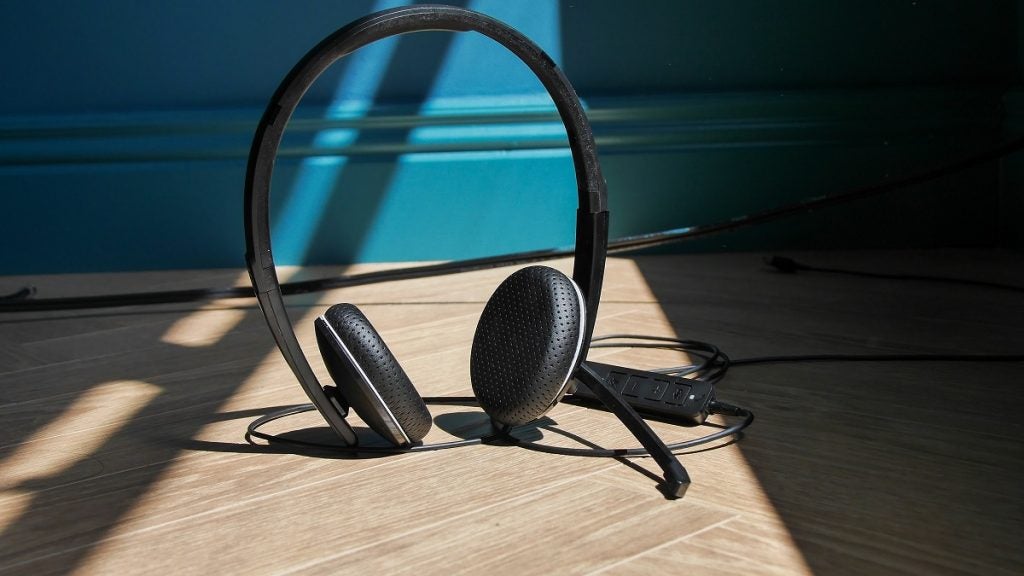
Not surprisingly, its success in doing so is limited. Given that there’s no protection for the microphone stalk, the quality of calls is influenced far more by the background noise of your work environment than any magic being worked by the device. Those working with noisy pets or children in the background would be better looking elsewhere as a result.
As before, the Adapt 165T offers some baked-in Microsoft Teams and UC compatibility, including a button to summon the former. The usefulness of this for the general public will likely be limited – although it may make certain IT procurement professionals a little hot under the collar.
The device also boasts ‘plug-and-play’ compatibility, and while I found it worked with Windows and Mac machines, I had no luck with an Ubuntu-based unit.
Sound quality
- Stereo audio
- Focused on voice-call quality
- On-ear design
With such a clear focus on a specific audience, the question of the Adapt 165T was never whether the device would be good enough for that demographic, but whether it offered any general appeal in its approach.
Call quality will then come first above all else, and ‘leisure’ use, such as listening to music, a distant second.
It’s a shame then that call quality is nothing special. This is partly due to the quality of built-in microphones. Even more basic machines come fitted with units that are simply good enough these days and only improve from there. The need for a dedicated mic, unless in specific use-cases (such as audio recording) becomes a little more dependent on specific use-cases.
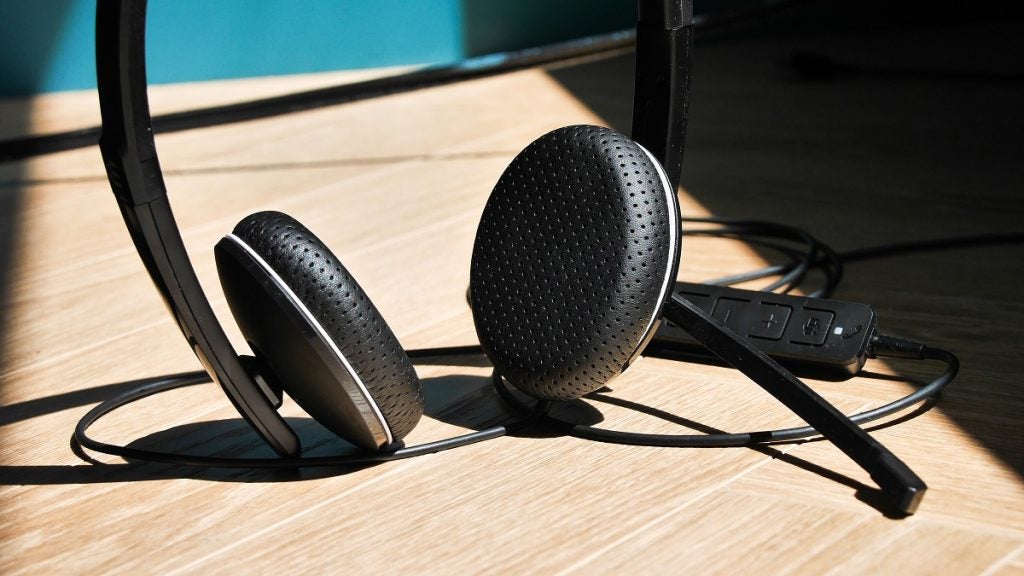
In general I found that with the microphone stalk positioned close to my mouth, callers on the other end were able to hear clearly – although no less so when compared to the built-in microphones on the test laptop. Of course, an unfortunate side-effect of having a microphone so close to the mouth is being able to hear breathing and other such bodily noises. As ever, it’s best to keep the mic on mute when you’re not talking.
Sound quality on calls was generally good, although the focus on voice reproduction (on the trebles and mids, for instance) means that very little attention had been paid to the bass. The issue with bass is only compounded by the on-ear design, meaning it’s impossible to get any kind of seal on the ear.
Of course, this only matters if one intends to use the Adapt 165T for something other than voice calls. As is sometimes the case during the work day, when one wishes to concentrate, a little music can come in handy – but the Adapt 165T will not be replacing your favourite go-to buds for this. The headset does work well for audiobooks, however, so there may be value depending on your preferences.
There’s mention in the marketing material of some measure of stereo sound; however, not surprisingly, the lack of any kind of in- or over-ear fit means that the 165T offers little sense of space in its audio.
Should you buy it?
You want an option with an adjustable microphone The stalk can be adjusted if you need to get better call quality
Your organisation doesn’t use the Microsoft ecosystem With dedicated Microsoft Teams features, those who use G Suite won’t get as much from this headset.
Final Thoughts
The pandemic has highlighted the fact that there’s always room for a worthy upgrade to a working from home (WFH) setup. The EPOS Adapt 165T is keenly priced to attract those looking to improve their video-call presentation, ostensibly offering improved audio and call capabilities compared to the built-in option in laptops. Unfortunately, while it does have a few qualities, they aren’t quite enough to justify the price of admission.
Call quality is decent, but it isn’t a noticeable step up from built-in laptop mics, and we found that general sound quality was lacking. And while a pair of more general consumer earbuds at this price won’t offer quite as good microphone quality, they’ll more than make up for this with their acoustic chops.
This, paired with a design that’s more at home at a hot-desk than a bedroom-office means that for most the Adapt 165T isn’t worth a look. The Adapt 165T are great for those in IT procurement within an organisation that’s heavily invested in the Microsoft ecosystem – but everyone else will be better served by more general solutions.
FAQs
You could but the EPOS require a wired connection and don’t support any form of wireless connectivity.
No, but they do feature noise cancelling technology for calls.
These headphones don’t fold inwards but they can fold flat if you want to take/put them into a bag.



